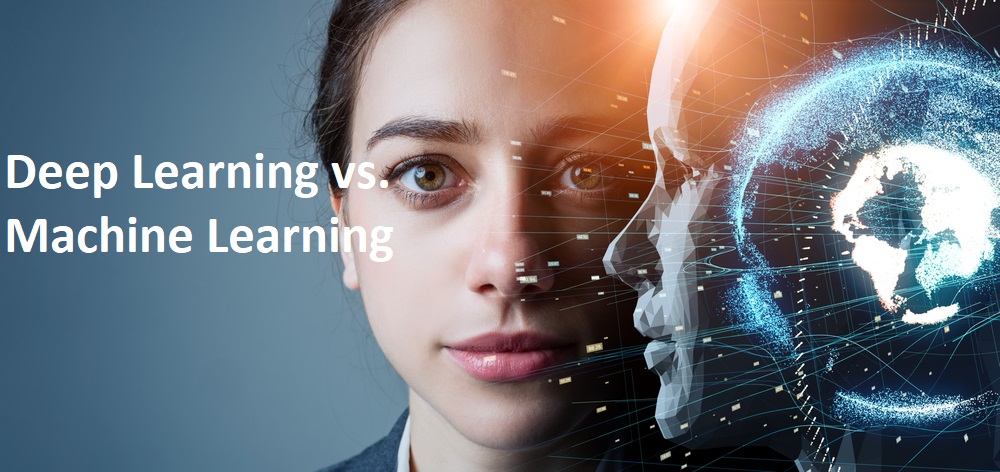
Last updated on : January 4th, 2024 by R Yadav
Deep learning and machine learning have become buzzwords in all industries since the commercial release of generative AI. But these two have already been with us for some time and have already managed to revolutionize the way businesses connect with their target audience. In this article, we delve into the nuances of deep learning vs. machine learning, shedding light on their applications and impact on the marketing realm. Are you interested? Then read on!
Before we discuss the impact of machine learning vs. deep learning on marketing, let us discuss their nature and define both of these approaches. After all, although machine learning (ML) and deep learning (DL) are both subsets of artificial intelligence (AI) that empower systems to learn and make decisions based on data, their methodologies and capabilities differ significantly.
Machine learning, a broad term, encompasses a variety of techniques where algorithms are trained to identify patterns in data and make predictions or decisions without explicit programming. This subset of AI is aimed directly at improving the performance of a particular task. In marketing, ML is widely employed for predictive analytics, customer segmentation, and personalized recommendations.
Deep learning, on the other hand, is a specialized form of machine learning that involves neural networks with multiple layers (deep neural networks). This intricate architecture allows DL systems to automatically learn representations of data through the hierarchical processing of information. Such a system of artificial neural networks is based on the way a human’s brain is built. In marketing, deep learning is utilized to extract insights from unstructured data like social media, customer reviews, or visual content.
We’ve briefly mentioned what machine learning vs. deep learning are used for in the previous sections, and now we will elaborate on that. Take a look at a few use cases of each of these two ways of utilizing AI:
In the dynamic realm of marketing, the interplay between deep learning vs. machine learning is reshaping the landscape, offering marketers unprecedented insights and capabilities. Each of these AI subsets comes with its own benefits and advantages for marketing teams. Therefore, employing these technologies is a must if you wish to remain competitive and gain an advantage in the rapidly changing world of digital marketing, where the innovation of today becomes outdated tomorrow.
Read Next: The Digital Lab: A Deep Dive into the Essentiality of Laboratory Software